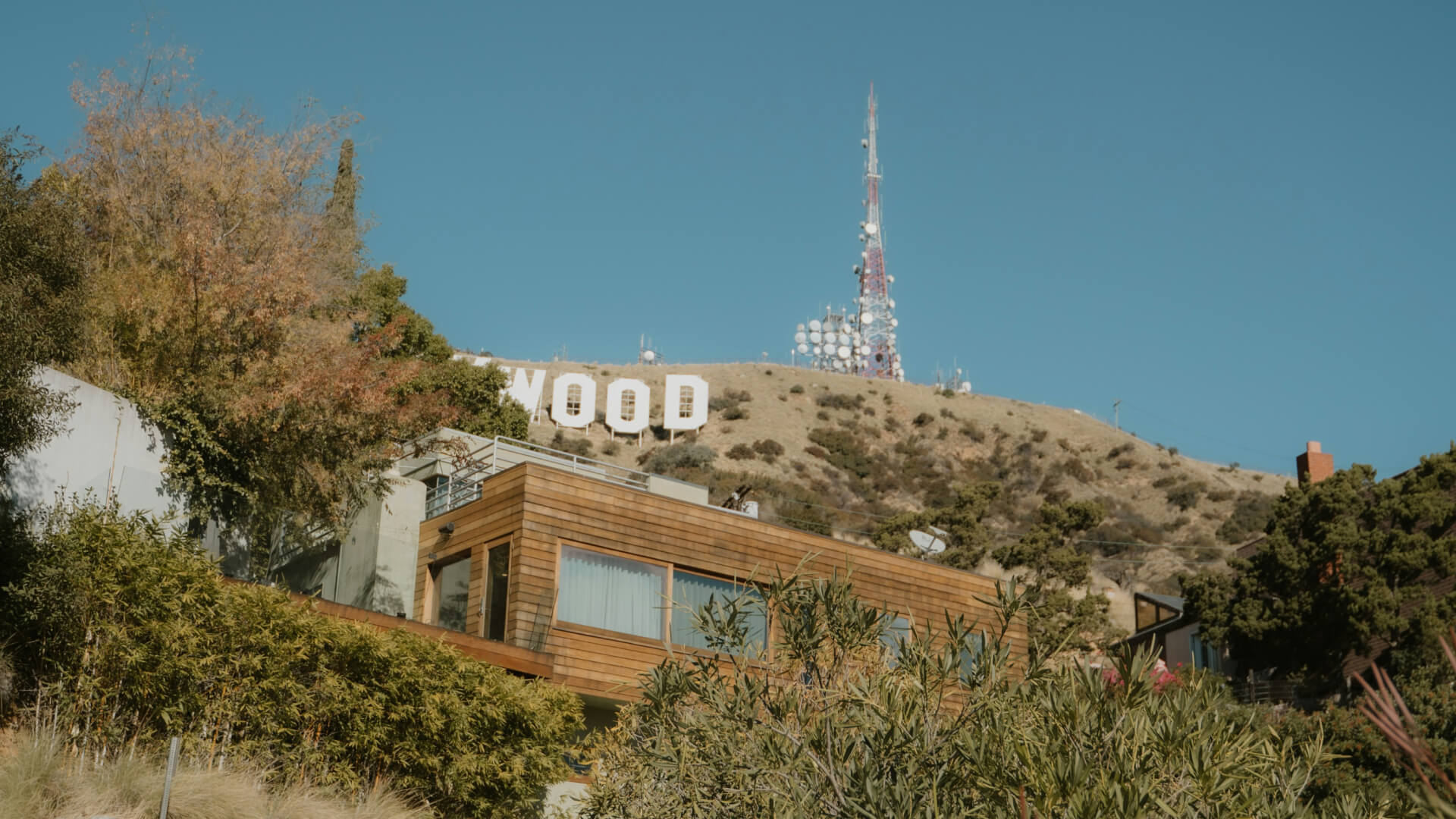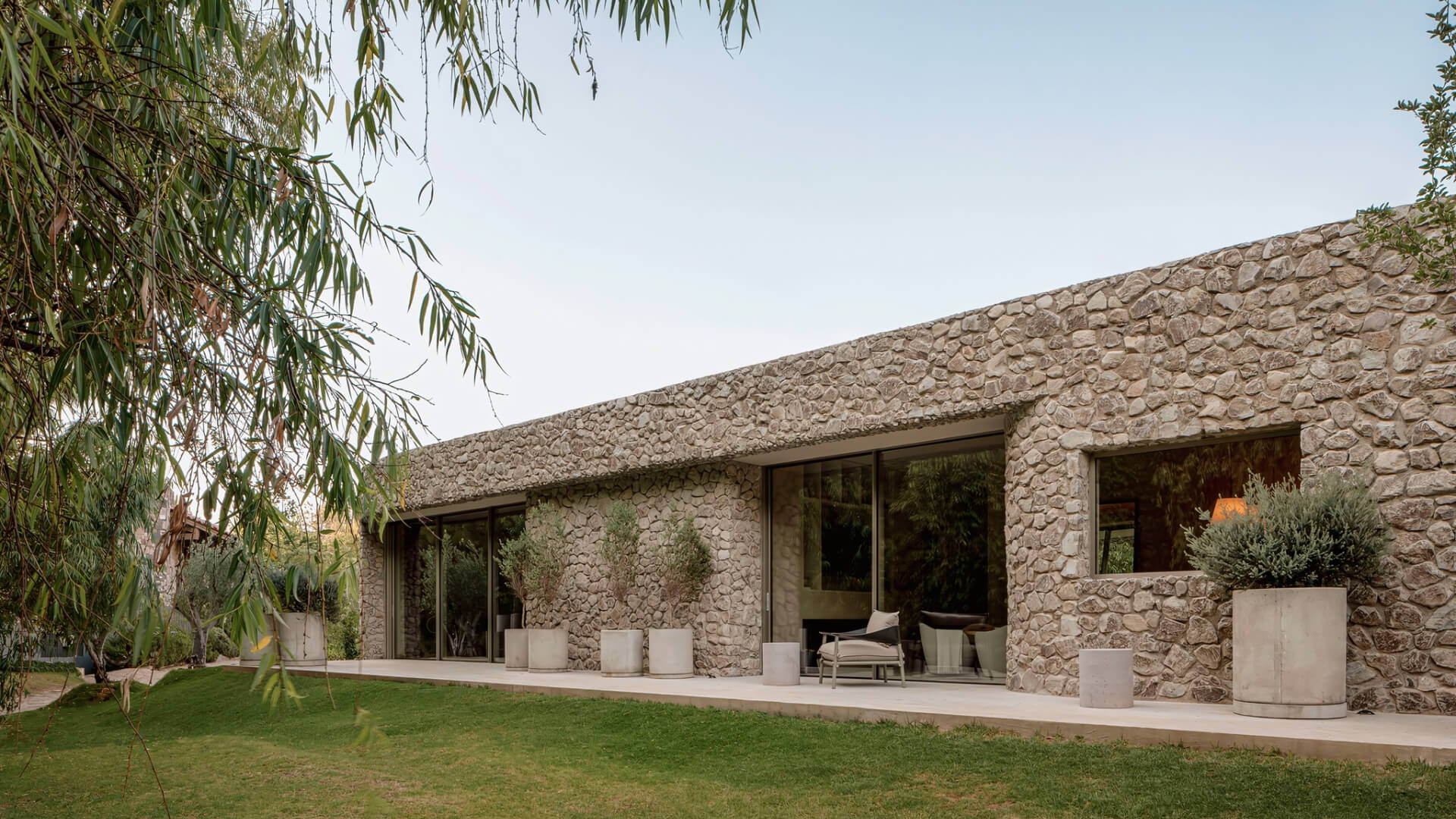Discover Masia del XVII: Where Authenticity Becomes Luxury
Light, Stone, and Silence. Built to Last. Restored to Live.
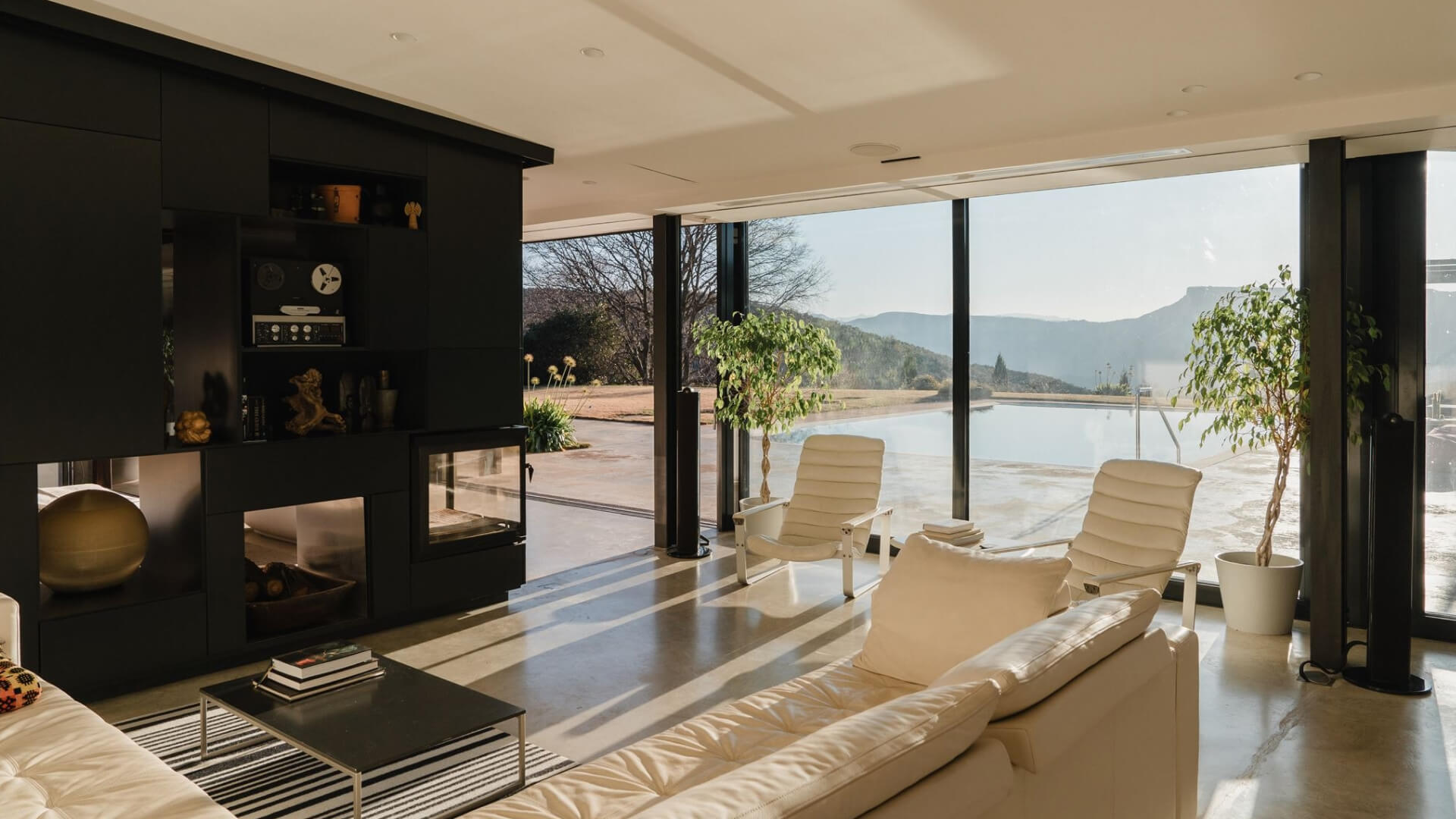
It doesn’t take long, walking through this house, to understand why restorations like this are so rare. The stone structure holds a quiet, natural coolness during the warmer months, with no need for artificial systems. The vaulted ceilings bring a sense of stillness and space. Old and new exist here without tension—each part doing its job without getting in the way.
The masía follows the old Catalan layout. Three levels, each one now with its own rhythm. Where animals once lived on the ground floor, there’s now a proper wine cellar and space to host friends. The first floor—once the family’s living quarters—flows into a generous kitchen of over 130 square meters. The hearth, still part of the original stone chimney, works as it did centuries ago. Pizza, bread, wood-fire cooking—nothing forced, nothing decorative for its own sake.
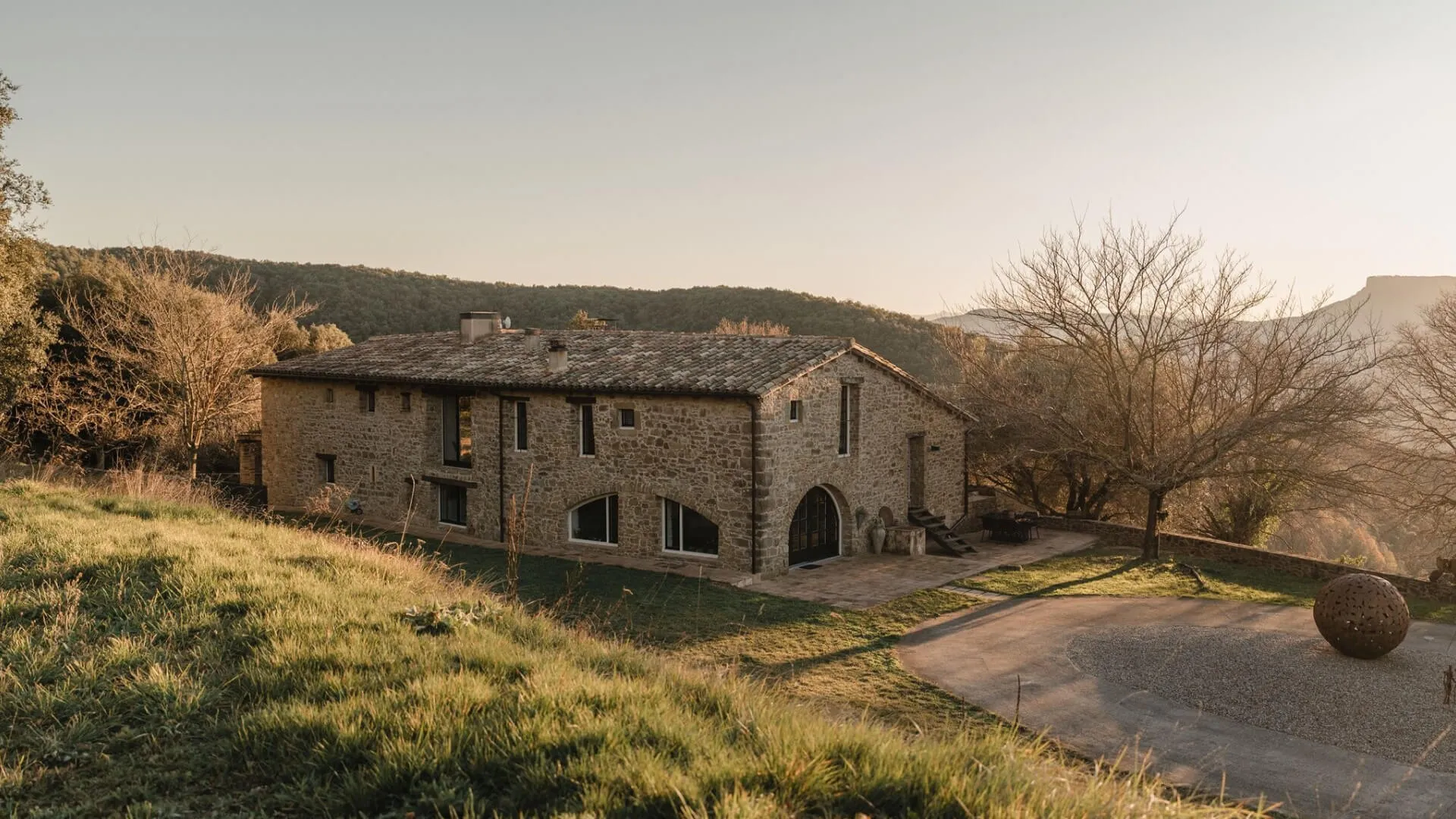
What stands out here is restraint. The restoration didn’t chase a fake version of history. It also didn’t try to overwrite it. The floors are American oak. The stairs are stone. The new windows bring in the light but sit within the original frames. It works because someone took their time and understood when not to interfere.
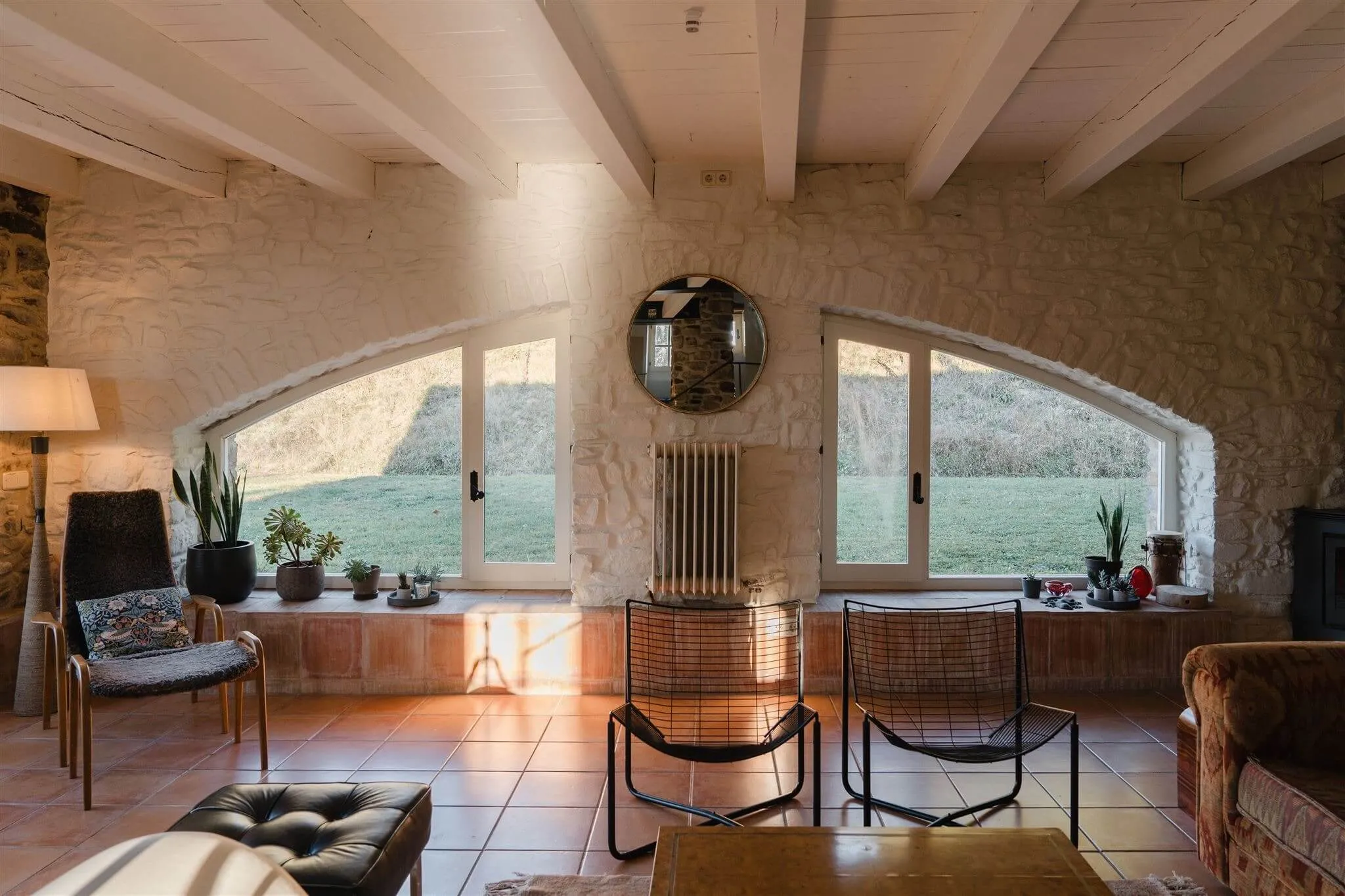
The region offers that rare combination of accessibility and isolation. You’re 37 minutes from Barcelona by train, but surrounded by countryside that feels untouched. The weather cooperates 300+ days a year. The roads are smooth and quiet. And then there’s properties like Masia del XVII i Casa Contemporània—a 17th-century farmhouse that someone spent considerable time and money turning into something extraordinary.
Walking through the property, you understand immediately why this type of restoration is so difficult to find. The original stone walls are nearly a meter thick—they keep the interior cool in summer without air conditioning. The barrel-vaulted ceilings create these dramatic spaces that feel both ancient and surprisingly modern. Someone clearly knew what they were doing here.
Contemporary Design That Actually Works
Modern spaces that let the past breathe
The newer wing doesn’t shout. Full-height windows look out over open fields. Covered terraces stretch the living areas outdoors, where most meals happen for much of the year.
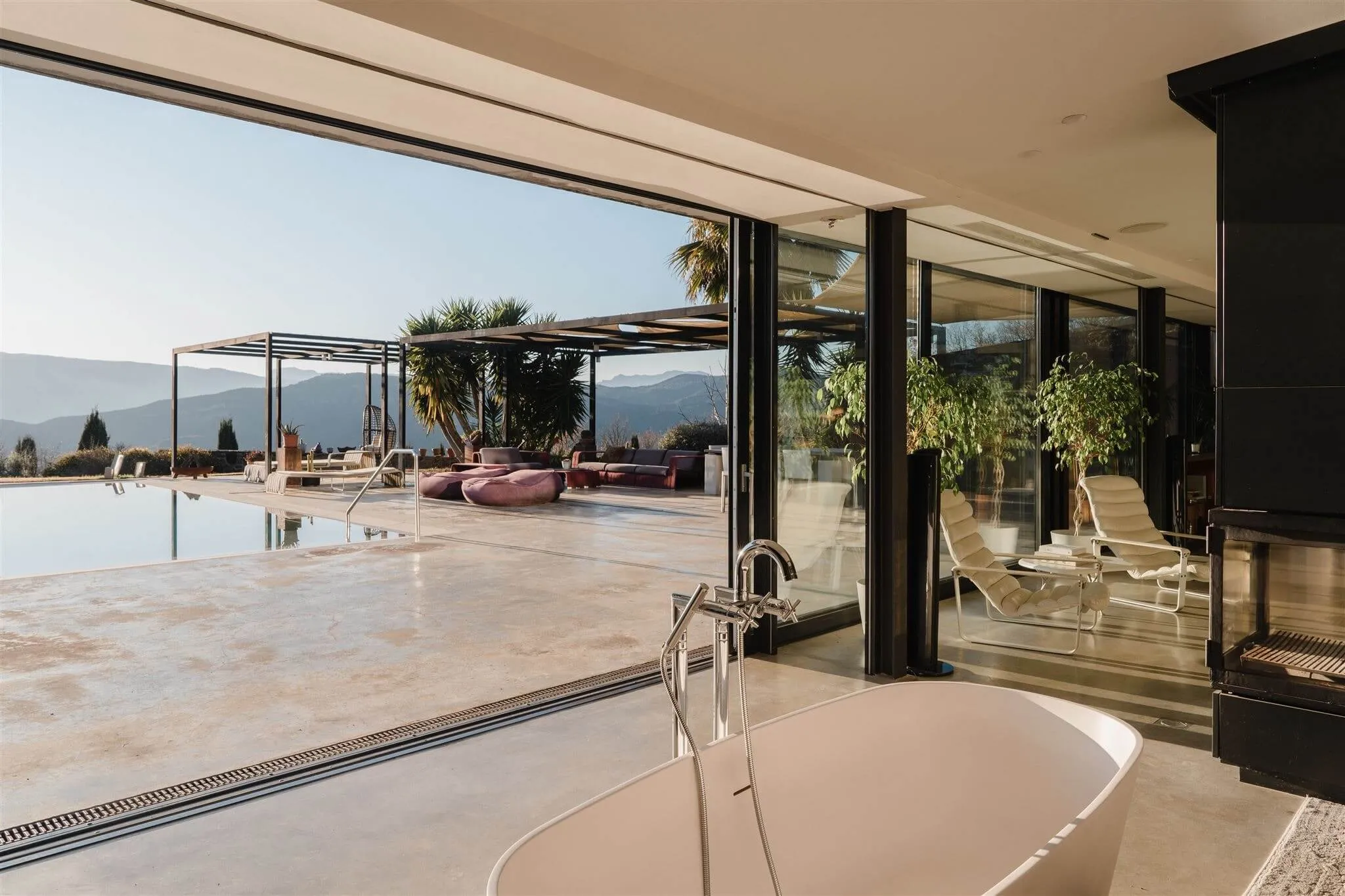
This part of the house—the Casa Contemporània—is a good example of how to build next to history without imitating it. The kitchen here blends the old fireplace with a modern cooktop. You can light a wood fire or boil water in seconds. Neither looks out of place.
The restored chapel is small and quiet, good for reading or simply thinking. The acoustics are soft and natural. Builders today would struggle to copy that effect, even with all the tech available.
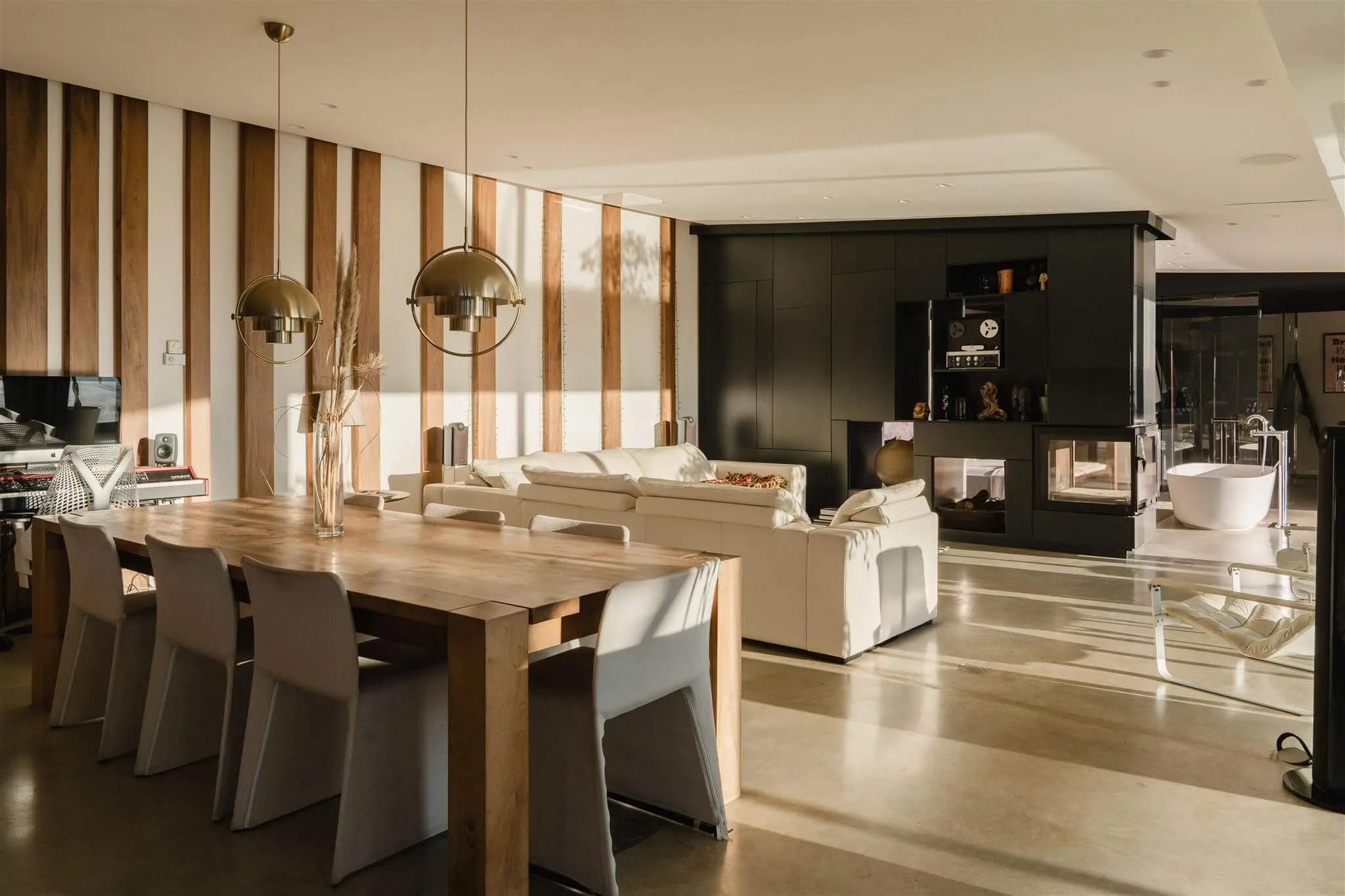
What really stands out is how carefully it was all done. The rooms are well-proportioned. Materials feel right for the space. The systems—heating, plumbing, lighting—are modern, but you barely notice them. That kind of invisibility doesn’t come easy. Or cheap.
The Investment Reality
A home, but also a way of life
Girona’s top-end property market is small, and that’s part of the point. Fewer houses mean less movement—but also more value. The infrastructure keeps improving. Trains to Barcelona run faster. Restaurants and services grow more refined, without losing their character.
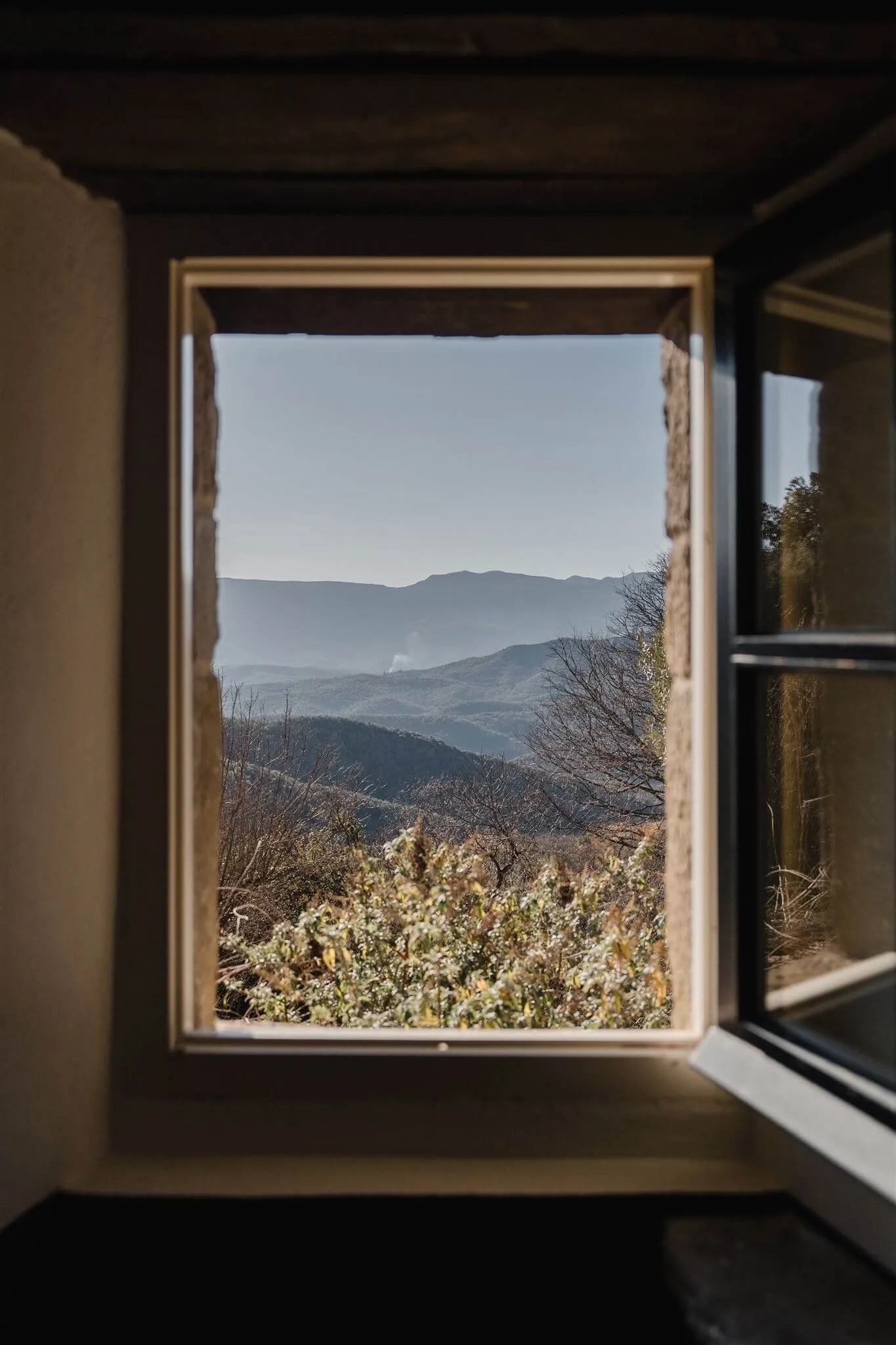
The people who live here tend to stay. Athletes, business owners, designers, chefs. You’ll find an international crowd, but it’s not anonymous. Dan Martin owns a few rentals. Christian Meier runs La Fábrica. People know each other. They take part.
The land around the house brings both space and possibilities. Fields, forest, and a freshwater lake that cools the area in summer. You’re 25 minutes from Girona city. Beaches are nearby. So are mountains. You don’t feel cut off, but you’re not in the middle of it either.
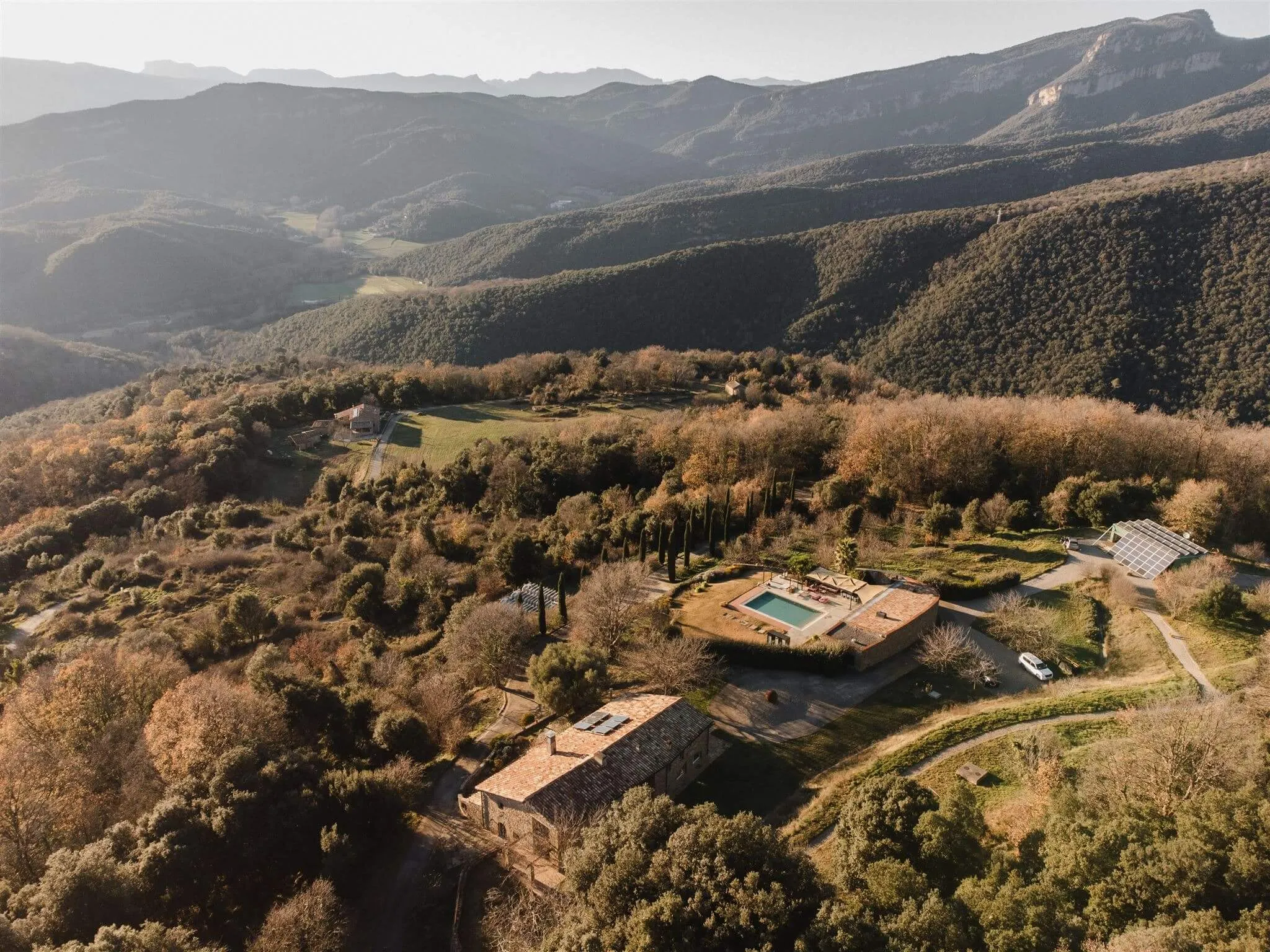
And then there’s what it gives you day to day. Morning walks past old farmhouses. A swim in the lake before lunch. Tomatoes from the garden on the table at night. That’s not decoration. That’s the point.
The Bottom Line
Built with patience. Lived with purpose.
The “Casa Contemporània” element shows how modern luxury should integrate with historical architecture. The design doesn’t scream for attention. Instead, it enhances what was already there.
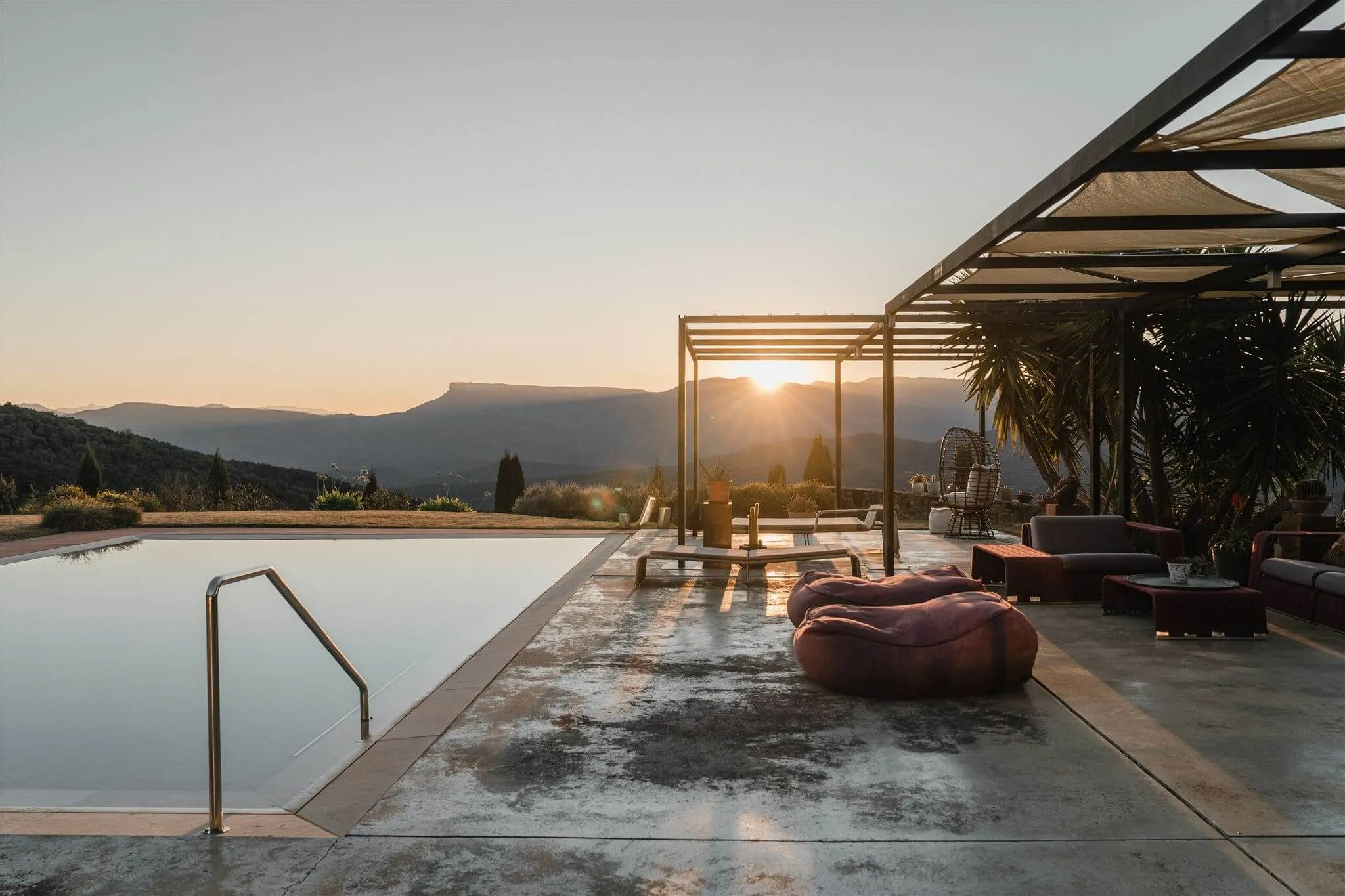
This house wasn’t made to impress. It was restored to be lived in—quietly, comfortably, with care. The work respects what was here before and adds only what makes sense. The location offers space without isolation. The community is open, but grounded.
It’s not for everyone. Old stone comes with responsibility. Rural Catalonia asks for a different rhythm. But if that rhythm suits you, and if the idea of living in a place like this makes sense to you, then there aren’t many others like it.
More than property
Here’s the practical side: Girona’s luxury property market has performed well, driven by limited supply and increasing international recognition. The region’s infrastructure keeps improving—better train connections to Barcelona, upgraded airport facilities, more sophisticated dining and shopping options.
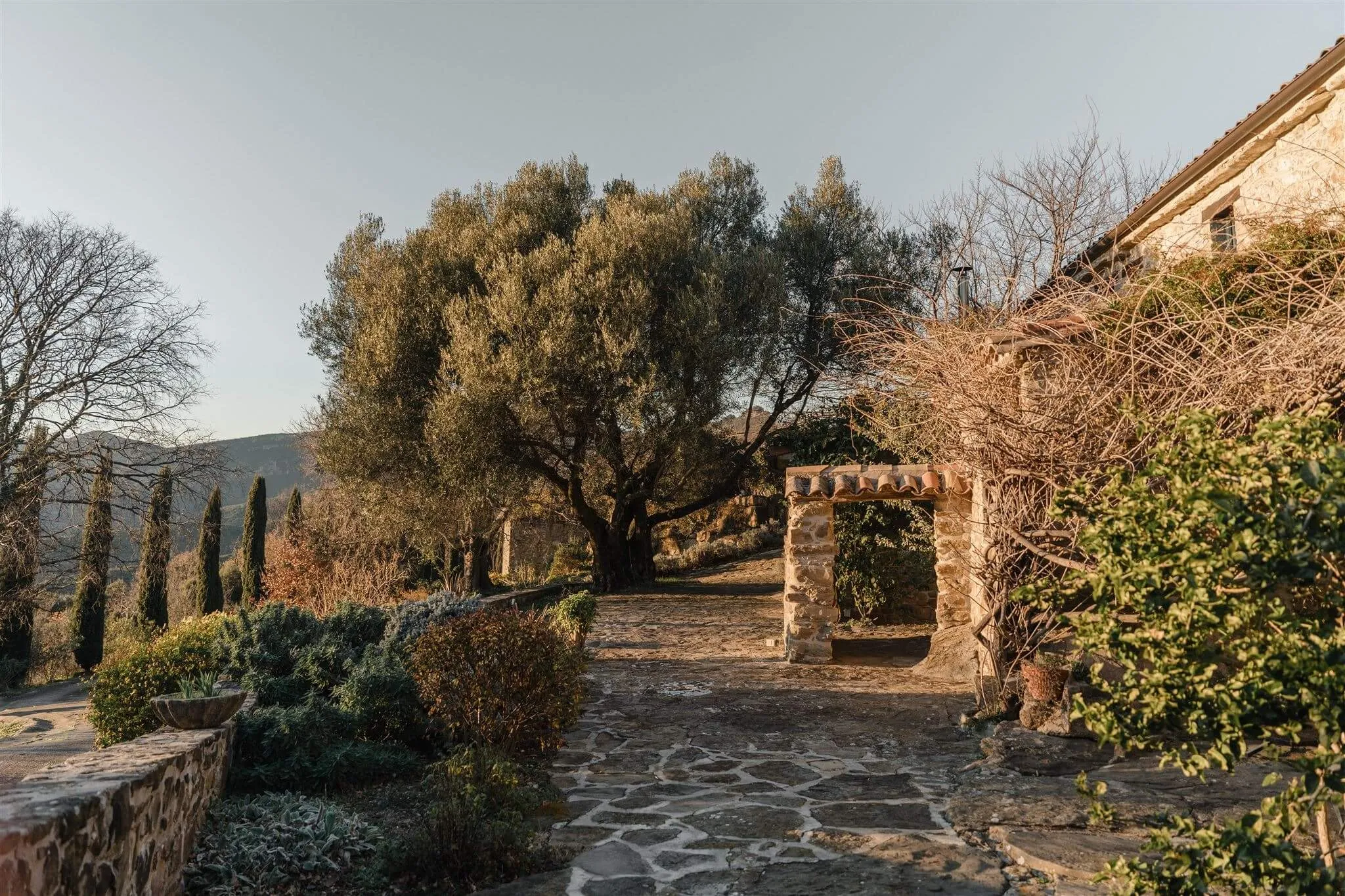
Your neighbors include entrepreneurs, athletes, and other successful people who value privacy and natural beauty. It’s an international community, but small enough that you actually get to know people. Dan Martin owns a number of luxury rental apartments. Christian Meier owns La Fabrica. There’s a social fabric here that most destinations lack.
The restored buildings require minimal maintenance—thick stone walls and quality restoration work mean fewer headaches down the road.
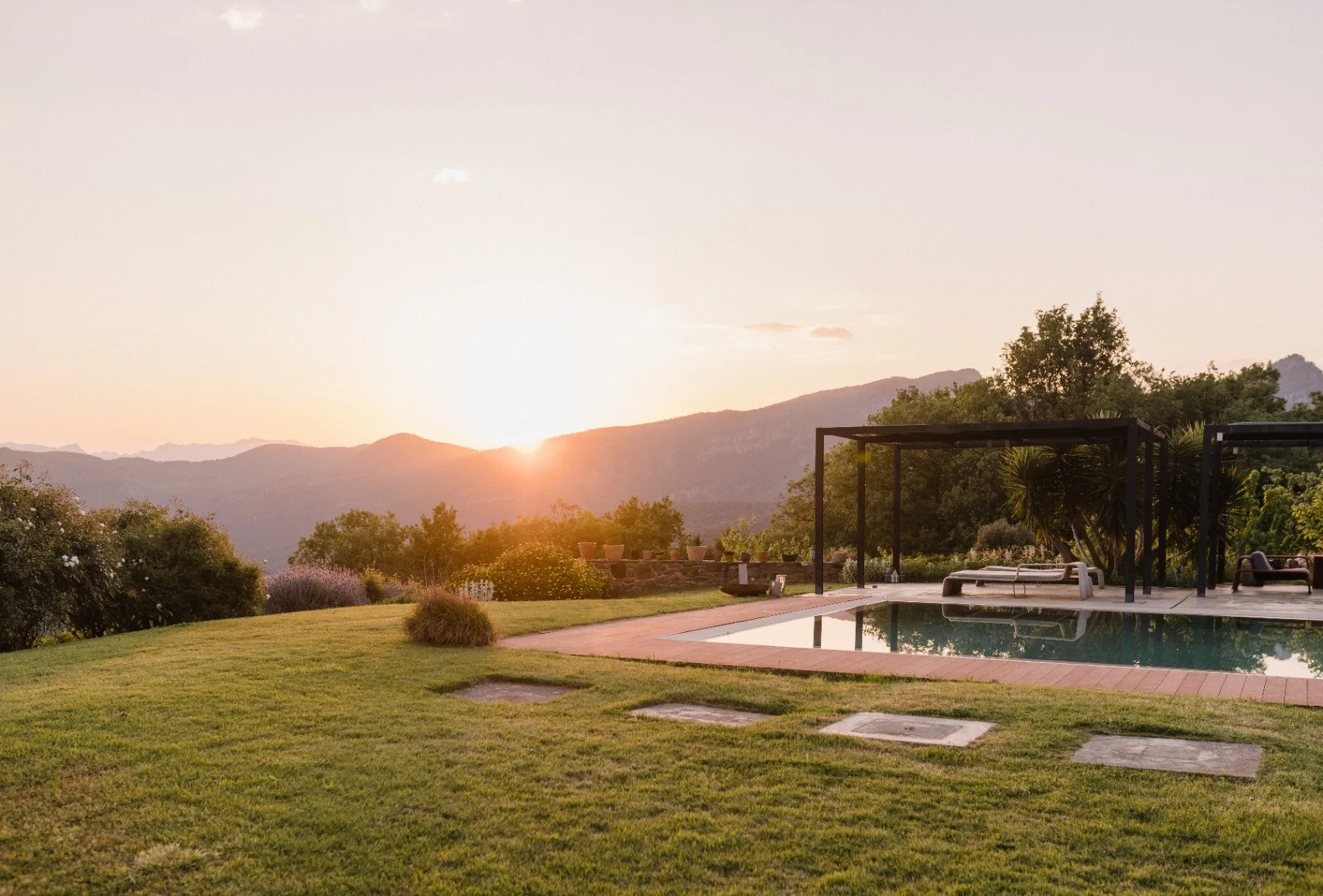
But the real investment is lifestyle. Morning walks through 400-year-old villages. Afternoon swims in your private lake. Dinners featuring vegetables from your own fields. This is luxury that actually enhances daily life instead of just impressing visitors.
For more information about this exceptional property and other luxury estates in Catalonia’s premier international community, visit https://www.masvellhouse.com/en/properties/masia-del-xvii-i-casa-contemporania/
